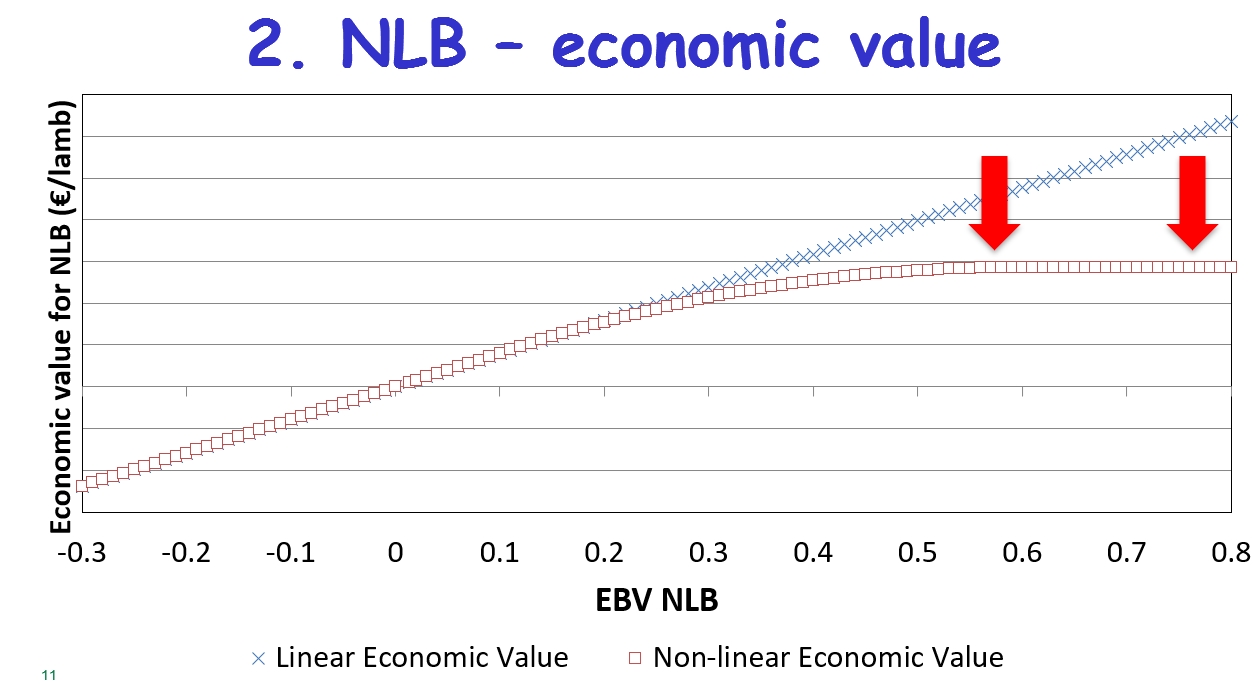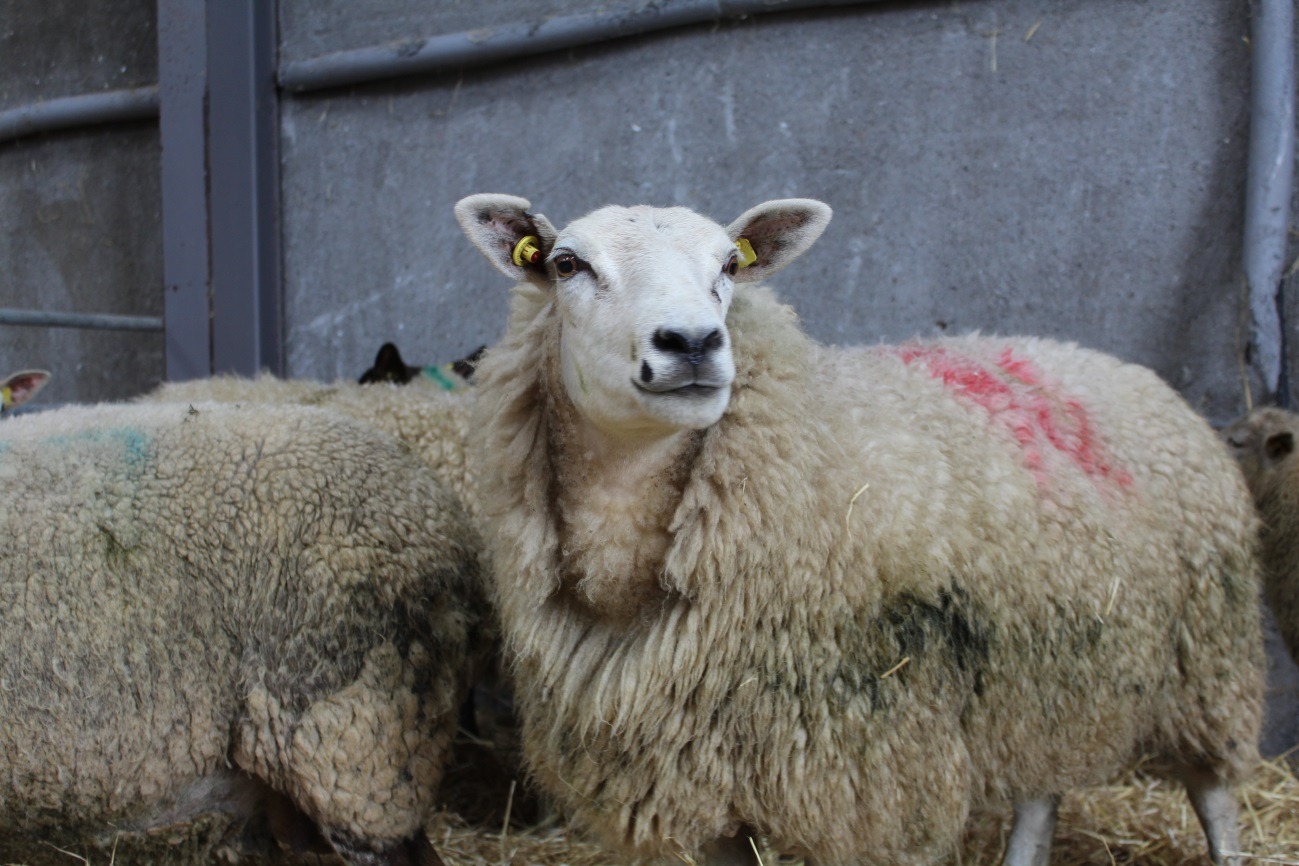This has been another momentous week in the history of sheep breed improvement in Ireland. Amid the current pandemic challenge that we currently face, the Sheep Ireland team managed to publish the first Genomic evaluation for sheep in Ireland. What this means for breeders, farmers and the industry is that the EuroStar evaluations are now more accurate than ever, and the level of confidence in the EuroStar evaluations should be at an all-time high. This will also be reflected in the accuracy associated to each animal, with the accuracy of genotyped animals increasing by 15% and 17% on the Replacement and Terminal index respectively. For traits that are hard to measure for example Survivability, this is the equivalent of 14 progeny records.
Genomic evaluations are just one more reason to get your animals genotyped (especially stock rams), as to date this will provide parentage verification/assignment, DAFM approved Scrapie Genotype, and now genomic evaluations. We are currently working on genomic breed profiling which will allow us to see the exact breed percentage of each animal. Sheep Ireland will continue to work with breeders, breed societies and the industry to increase the level of pedigree animals that genotyped annually. To find out more about how genomics works see Prof. Donagh Berrys Presentation from the ICBF and Sheep Ireland Genetics conference here.
Genomics was not the only improvement made to the evaluations this year. The Number of Lambs Born (NLB) trait was also updated from a linear trait to a non-linear. Until now, the more lambs a ewe was expected to have, the higher her number of lambs value would be. However, new research shows that once a flock’s number of lambs born increases over 2.18, there is no economic benefit. So, to reflect this in the Replacement Index, the amount of reward an animal will receive for having prolific genetics will be capped at the equivalent of 2.18 lambs. This change will only affect the most prolific animals. In the image below we can see the old scenario (blue line), and the new scenario (red line) where the value of Number of Lambs Born is capped. For more on this see the presentation from the ICBF and Sheep Ireland Genetics conference here.
The heritability of the Number of Lambs Born index has also been revised based on the latest data, and this has increased from 7% to 11%. This demonstrates that the quality and quantity of data has got better since this was last revised.
And finally, the Discounted Genetic Expressions (DGE’s) were updated. These DGE coefficients are used to quantify the timing and frequency of expressions of the genetic superiority that flows through to the commercial system. The main outcome of these updates is that the emphasis of Number of Lambs Born has been slightly reduced, with slightly more now being placed on survival.
It is also worth noting that this is the earliest the Sheep Ireland have published evaluations within a calendar year. This is in part to several of reasons explained below.
- The speed to which breeders have recorded their lambing information has improved dramatically over the past number of years. This is in part due to better awareness among breeders about the importance recording information promptly in order to capture accurate information which is being driven by the Data Quality Index (DQI), the reminder text system which has been implemented by Sheep Ireland, and the uptake of the Sheep Ireland App, which is resulting in real time data collection and less paper work for farmers. The reason the evaluations were not published until May in previous years is because there was still so much outstanding lambing data which would have a significant effect on other flock’s evaluations. While we still advise a strong degree of caution in the EuroStar ratings of lambs before they have had all of their weights collected, these early evaluations will indicate how an animals evaluations are likely to look when we get to the sale season.
- In recent years, more and more breeders were requesting early evaluations to help them decide which animals to cull in their flock. Whether it be which ewes to cull, or which ram lambs were not going to make the grade for sale season. By giving this information to breeders earlier they can make better and more informed breeding decisions.

